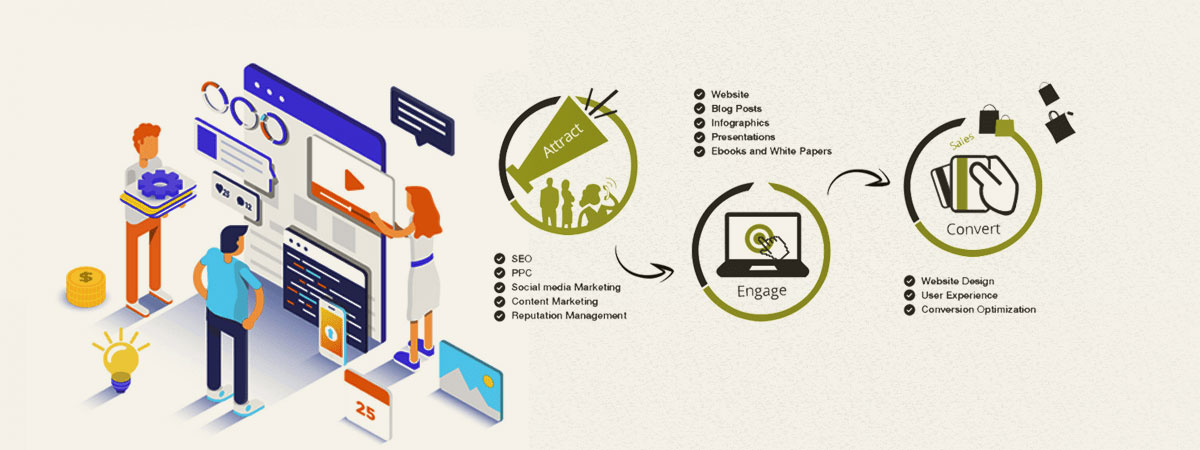Get Ready To Journey Via Time And Find Just How Sites Have Ended Up Being More Advanced, User-Friendly, And Visually Magnificent
Get Ready To Journey Via Time And Find Just How Sites Have Ended Up Being More Advanced, User-Friendly, And Visually Magnificent
Blog Article
Article Writer-Kinney Stender
In the past, internet sites were simple and focused on info. Navigation was direct, and design was for desktops. Currently, customer experience is essential. Information guides layouts for easy navigation. Receptive formats suit different devices. Today, dark setting reduces pressure, and minimalist food selections boost navigation. Interactive attributes engage customers, and vibrant visuals stand out. AI assimilation improves involvement. See how style has actually developed to boost your on-line journey.
Early Days of Web Design
In the early days of website design, simplicity reigned supreme. https://www.google.com/maps/place/Moon+and+Owl+Marketing/@32.9757271,-106.5344695,1840583m/data=!3m1!1e3!4m6!3m5!1s0x864ddeaa4179705b:0x488d41d2cc6b9750!8m2!3d32.9757271!4d-97.5696258!16s%2Fg%2F11b6mpccrg?entry=ttu&g_ep=EgoyMDI1MDIxMS4wIKXMDSoJLDEwMjExNDUzSAFQAw%3D%3D were standard, with restricted shades, typefaces, and designs. The emphasis was on supplying information instead of showy visuals. Customers accessed the internet with slow-moving dial-up links, so rate and performance were crucial.
Navigation menus were straightforward, generally situated on top or side of the web page. Websites were created for desktop, as mobile surfing wasn't yet common. Web content was king, and designers focused on very easy readability over complex design aspects.
HTML was the main coding language used, and developers had to function within its constraints. Animations and interactive features were marginal compared to today's criteria. Websites were static, with little dynamic content or individualized individual experiences.
Rise of User-Focused Layout
With the development of site layout, a change towards user-focused layout concepts has ended up being significantly noticeable. https://www.northbaybusinessjournal.com/article/opinion/4-digital-marketing-strategies-to-ready-your-business-for-the-holidays/ , developing websites that prioritize user experience is vital for engaging site visitors and attaining company objectives. User-focused layout entails understanding the needs, preferences, and habits of your target audience to customize the website's layout, content, and features accordingly.
Designers currently perform extensive research study, such as customer surveys and usability screening, to gather understandings and responses straight from individuals. This data-driven technique assists in creating instinctive navigation, clear calls-to-action, and visually attractive user interfaces that reverberate with site visitors. By putting the customer at the facility of the layout process, sites can deliver an extra tailored and satisfying experience.
Responsive layout has actually additionally emerged as a vital aspect of user-focused style, ensuring that internet sites are enhanced for different tools and screen sizes. This flexibility improves availability and usability, catering to the varied ways individuals connect with internet sites today. In essence, the surge of user-focused layout symbolizes a change towards creating electronic experiences that focus on the demands and expectations of completion user.
Modern Trends in Website Design
Discover the most up to date trends forming web design today. One popular trend is dark mode design, offering a streamlined and contemporary look while lowering eye stress in low-light settings. An additional key pattern is minimalist navigating, streamlining food selections and enhancing individual experience by concentrating on essential elements. Including micro-interactions, such as computer animated switches or scrolling effects, can create an extra appealing and interactive website. Responsive style stays critical, making sure smooth user experiences across various gadgets. Additionally, making use of bold typography and asymmetrical designs can add visual rate of interest and accentuate certain web content.
Integrating AI technology, like chatbots for client support or tailored recommendations, enhances user involvement and improves processes. Accessibility has also come to be a substantial fad, with developers focusing on comprehensive layout methods to deal with varied individual needs. Welcoming sustainability by maximizing web site performance for rate and performance is an additional emerging trend in web design. Working together with individual feedback and information analytics to repeat and boost design constantly is essential for remaining pertinent in the ever-evolving digital landscape. By accepting these modern-day fads, you can develop an aesthetically enticing, user-friendly website that reverberates with your target market.
Final thought
As you review the development of website style from the early days to currently, you can see how user-focused design has actually ended up being the driving pressure behind modern trends.
Welcome the trip of adjustment and adaptation in website design, constantly keeping the individual experience at the leading edge.
Remain present with the current fads and modern technologies, and never ever quit progressing your method to develop aesthetically sensational and easy to use sites.
Evolve, adapt, and produce - the future of web design is in your hands.
